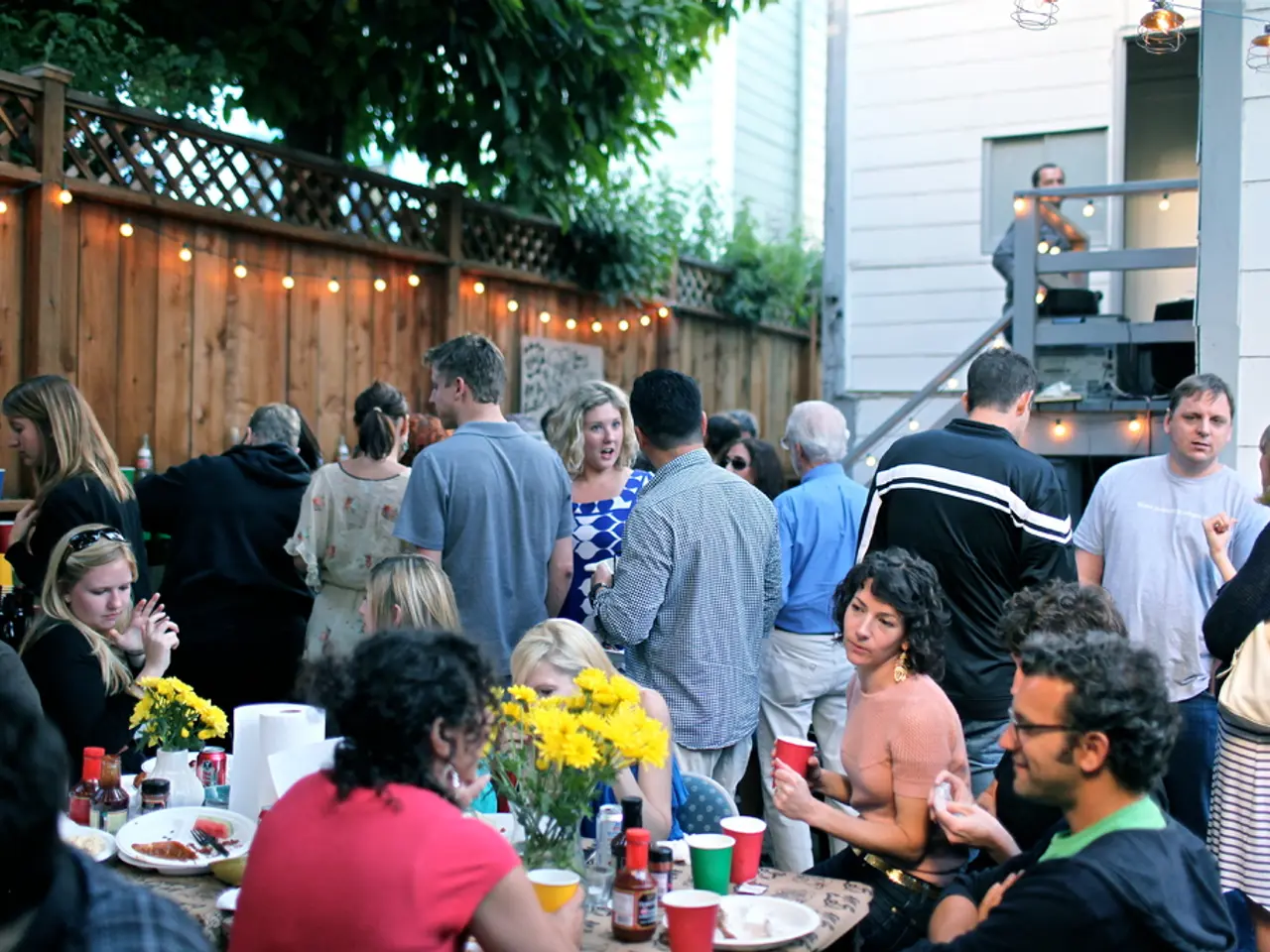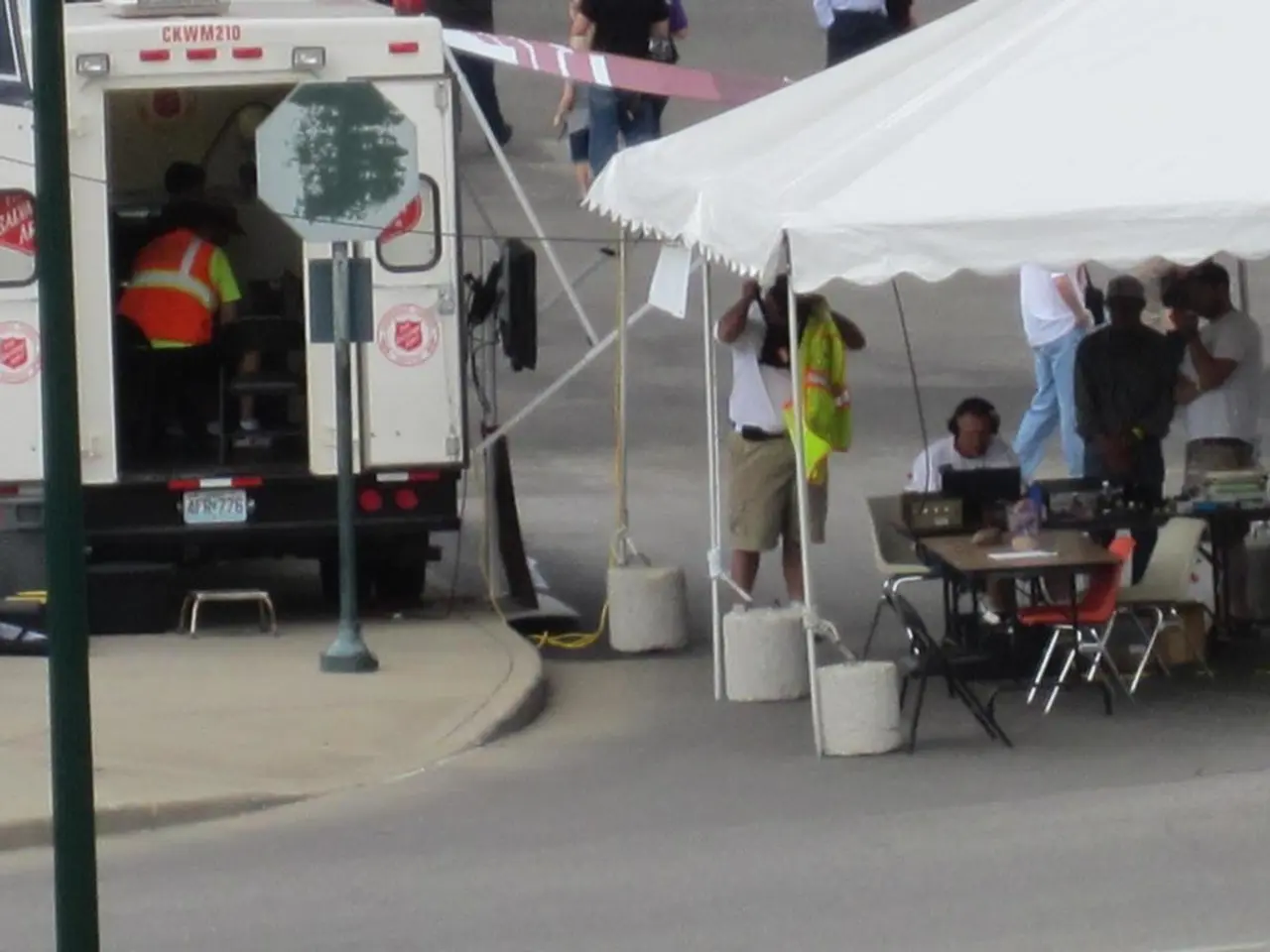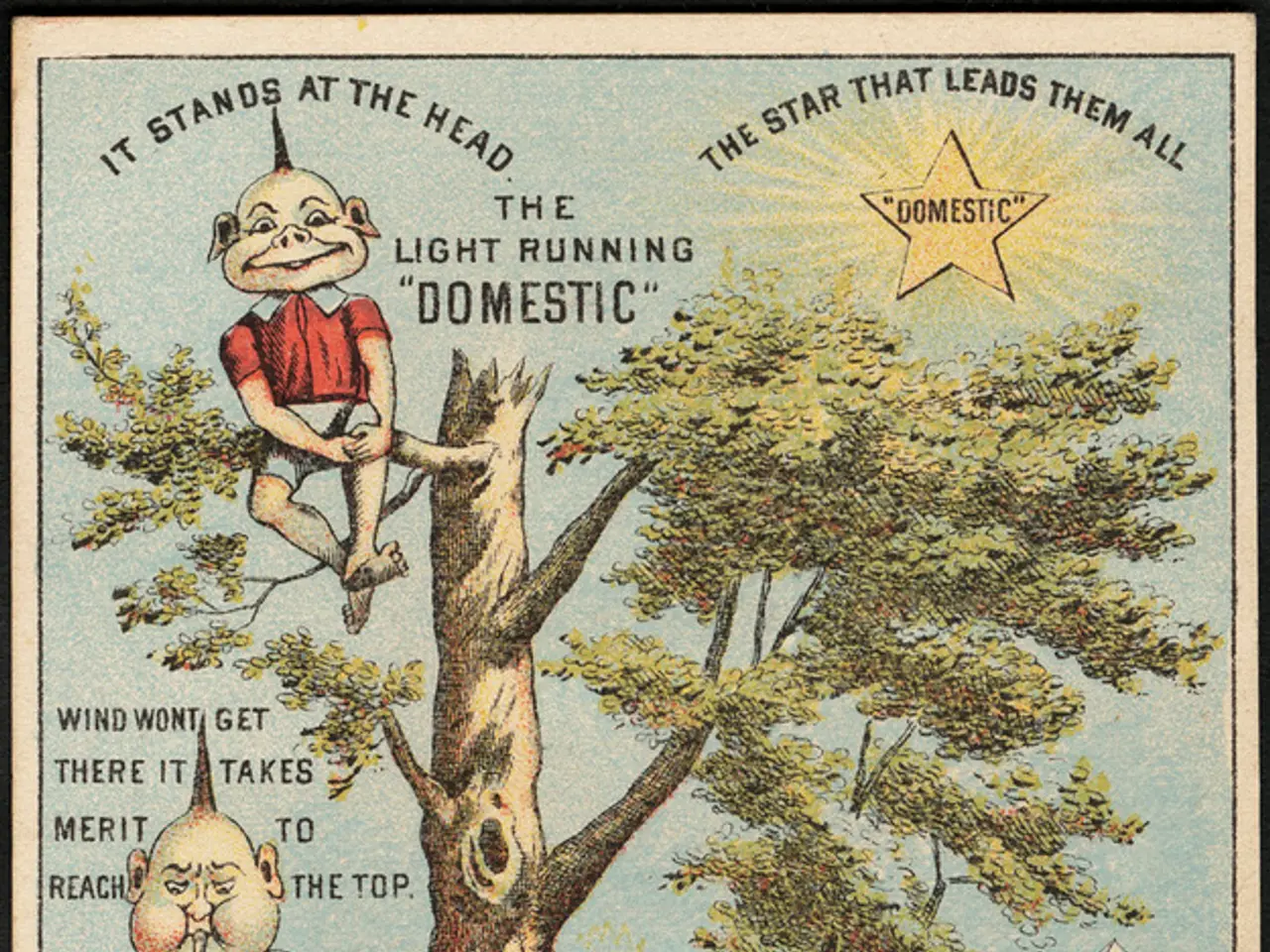Unified National Voting: Examining Its Effects, Obstacles, and Tactics for Local Political Parties
The Indian government's proposal for the "One Nation, One Election" (ONOE) initiative is generating debate and discussion, as the country moves towards aligning federal and state elections by 2029. The aim is to merge the elections for the Lok Sabha, state assemblies, municipalities, and panchayats, with the hope of increasing administrative efficiency and reducing electoral expenditure.
Former Chief Justice of India DY Chandrachud has supported the constitutional validity of the proposal, stating that the Constitution does not mandate separate timings for national and state elections. However, the initiative faces significant criticism, particularly in relation to its potential impacts on regional political parties and India's federal structure.
Regional parties, crucial components of India's diverse political landscape, fear that ONOE could centralize power, weakening regional autonomy and potentially silencing regional voices. This could undermine the pluralistic debates essential to India's democracy. Additionally, concerns have been raised about the initiative potentially disregarding state ratification in constitutional amendments, which could destabilize the federal equilibrium enshrined in India's Constitution.
There are also concerns over the extensive powers proposed for the Election Commission of India (ECI), which could lead to unbounded authority to extend or shorten state assembly terms beyond the constitutionally mandated five years.
Prime Minister Narendra Modi, a vocal proponent of ONOE since taking office in 2014, believes that consolidating elections into one day might actually increase voter turnout, as people will find it more convenient to vote once every five years for all levels of government.
However, regional parties are not without strategic options. They can adopt strategies such as emphasizing local issues and identity, strengthening grassroots networks, and enhancing digital campaigning capabilities to remain competitive in an ONOE scenario. Building strong grassroots networks is essential for maintaining visibility and connecting with voters.
Moreover, regional parties can optimize their financial resources by focusing on targeted, high-impact constituencies. Social media platforms offer an invaluable tool for reaching voters who may not be accessible through traditional media, while digital platforms offer the opportunity to reach younger, tech-savvy voters who may not be as easily accessible through traditional campaigning methods.
Regional parties should also consider forming alliances with like-minded national or other regional parties, and advocate for federalism and the need to maintain state governments' autonomy.
As the ONOE initiative moves forward, ongoing debates and consultations involving key figures like former Chief Justices will continue. The proposal faces significant challenges, including constitutional and legal hurdles, logistical complexities, federalism concerns, disruption of governance, political opposition, and potential for single-party dominance. The future of India's electoral landscape hangs in the balance.
[1] The Indian Express. (2021). One Nation, One Election: All you need to know about the proposal. Retrieved from https://indianexpress.com/article/explained/one-nation-one-election-all-you-need-to-know-about-the-proposal-7977434/ [2] The Hindu. (2021). One Nation, One Election: What is it and why is it important? Retrieved from https://www.thehindu.com/news/national/one-nation-one-election-what-is-it-and-why-is-it-important/article35744671.ece [3] The Wire. (2021). One Nation, One Election: What is the controversy around the proposal? Retrieved from https://thewire.in/government/one-nation-one-election-controversy [4] Live Law. (2021). One Nation, One Election: A Look at the Constitutional Validity of the Proposal. Retrieved from https://www.livelaw.in/top-stories/one-nation-one-election-a-look-at-the-constitutional-validity-of-the-proposal-168101
- Critics of the One Nation, One Election (ONOE) initiative are worried about its potential impacts on regional political parties, as it might centralize power, weakening regional autonomy and potentially silencing regional voices.
- To remain competitive in an ONOE scenario, regional parties can emphasize local issues and identity, strengthen grassroots networks, and enhance digital campaigning capabilities, using social media platforms to reach voters who may not be accessible through traditional media.
- To mitigate financial challenges, regional parties can optimize their resources by focusing on targeted, high-impact constituencies, and utilizing digital platforms to reach younger, tech-savvy voters.
- As the ONOE initiative moves forward, ongoing debates and consultations involving key figures like former Chief Justices are essential to address constitutional and legal hurdles, logistical complexities, federalism concerns, disruption of governance, political opposition, and potential for single-party dominance.








